Overview
Chinese Name: 鼓浪屿,圆沙洲, 圆洲仔
English Name: Gulang Island, Kulangsu, Gulangyu
Location: Xiamen City, Fujian Province
Type: Natural landscape
Rating Level: AAAAA (5A)
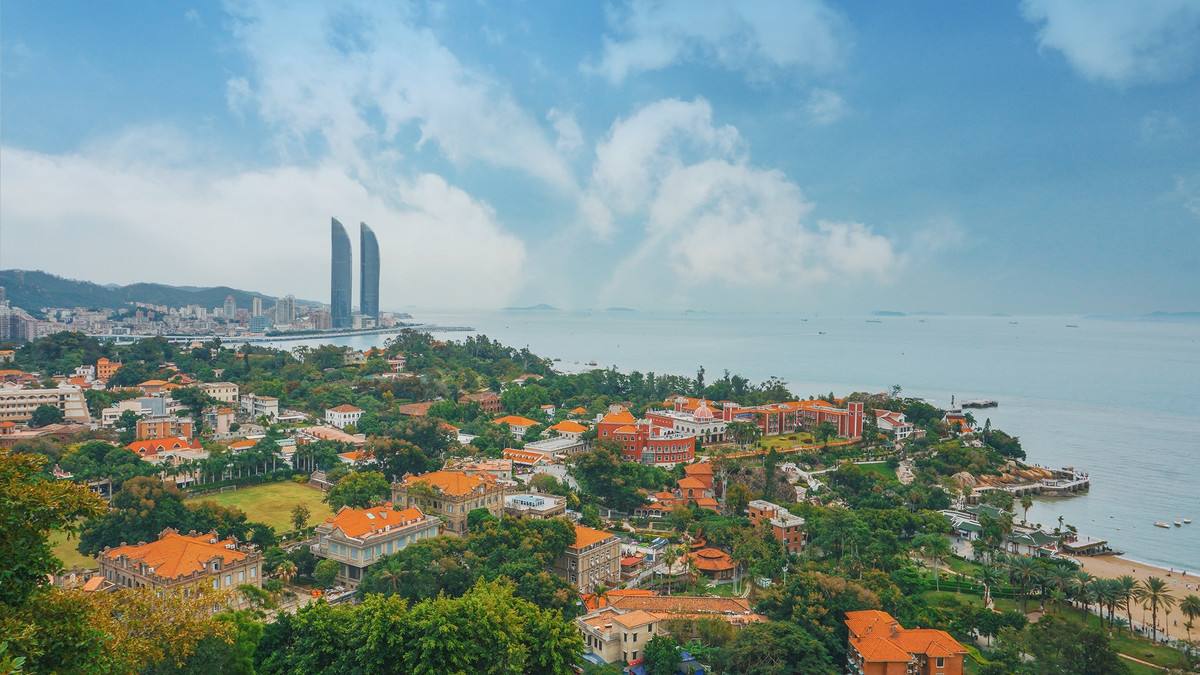
Brief Introduction
The Gulangyu鼓浪屿 is a pedestrian-only island off the coast of Xiamen, Fujian Province in southeastern China with an area of 1.91 Km2 and a household population of 15,373. The Gulangyu and Xiamen University face each other across the sea. This scenic area is renowned for its natural beauty, colonial-style architecture, and a myriad of interesting museums.
Gulangyu not only bans cars but also bicycles. The only vehicles permitted are small electric buggies and electric government service vehicles. The island’s green coverage rate is more than 40% with a rich plant population such as trees, shrubs, vines, more than 90 families cover plants, and more than 1,000 species.
The island is on China’s list of National Scenic Spots and is classified as a 5A tourist attraction by the China National Tourism Administration (CNTA). It ranks at the top of the list of the ten most scenic areas in the province. In July 2017, it was listed as a world heritage site by UNESCO.
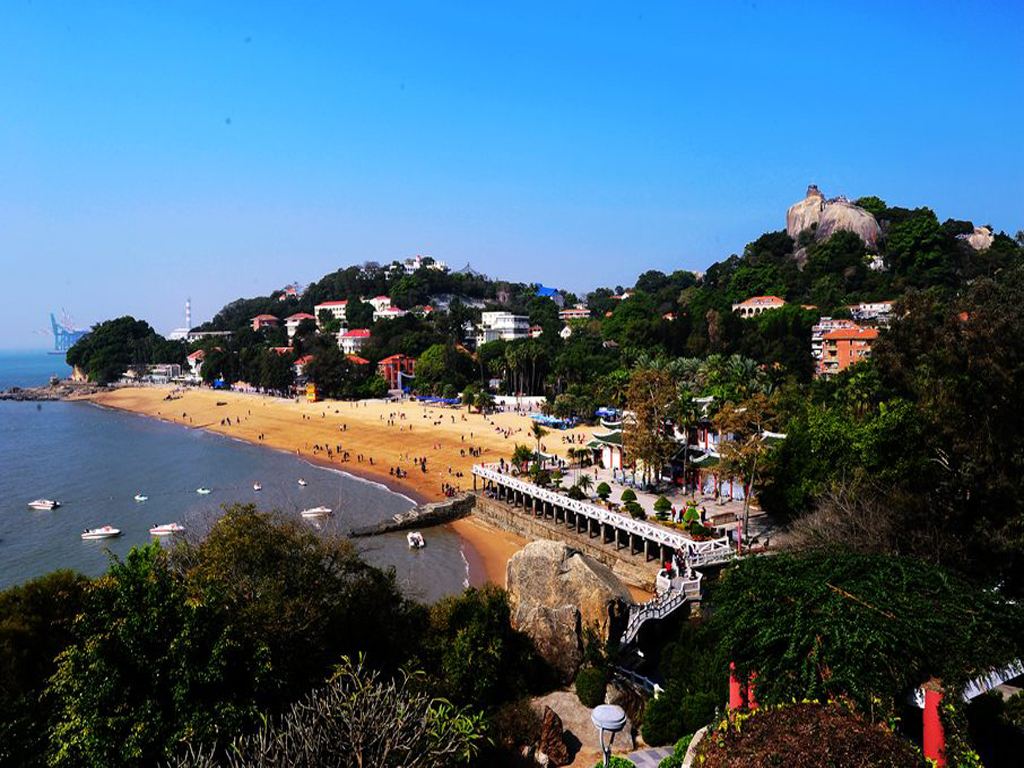
Before the Opium War, Gulangyu had long been a sparsely populated island. It was not until the Song and Yuan Dynasties that it was named “Yuanshazhou”, and began to use the name “Gulangyu island” in the Ming Dynasty. The island is half fishing and half farming economy, the original houses are also very simple houses. During the later Ming Dynasty, the troops of national hero Zheng Chenggong were stationed here.
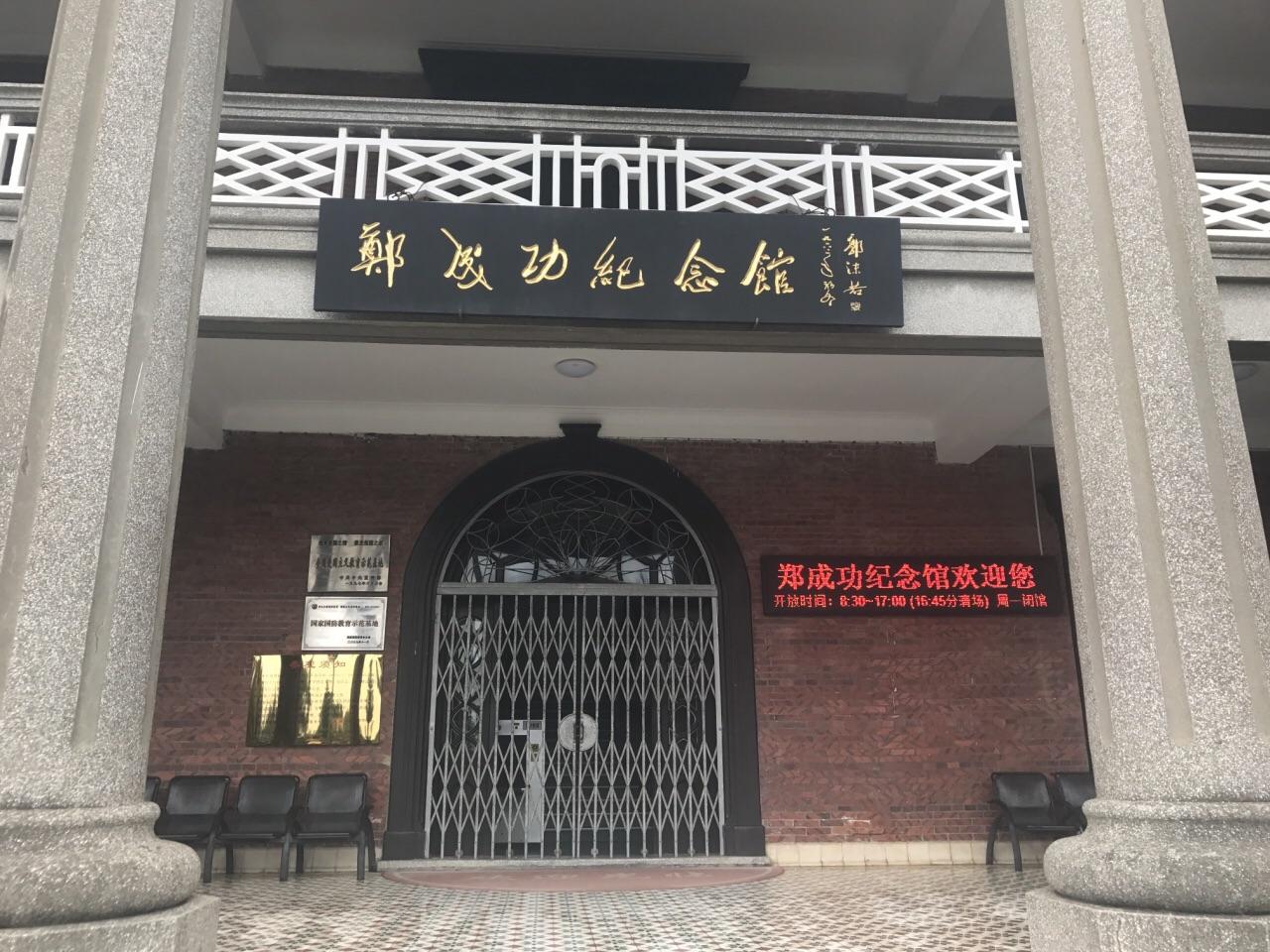
Soon after Xiamen became a treaty port resulting from China’s loss in the First Opium War and the Treaty of Nanking in 1842, Xiamen (then known as Amoy) became one of five “treaty ports” established by the Treaty of Nanjing. 13 countries including Great Britain, France, and Japan established consulates, churches, and hospitals, turning Gulangyu Island into a common concession. In 1942, Japan occupied the island until the end of the War of Resistance against Japan.
Although only about 20,000 people live on the island, Gulangyu is a major domestic tourist destination, attracting more than 10 million visitors per year, and making it one of China’s most visited tourist attractions. With mild spring-like weather all year-round, it is reputed as a garden on the sea.
What is worth to visit and see?
Main attractions
The representative scenic spots of Gulangyu island are Sunshine Rock日光岩, Shuzhuang Garden菽庄花园, Haoyue Garden皓月园, Yuyuan Garden毓园, Gulang Stone鼓浪石, Gulangyu Piano Museum鼓浪屿钢琴博物馆, Zheng Chenggong Memorial Hall郑成功纪念馆, Xiamen Undersea World海底世界 and natural beach bathing place天然海滨浴场, etc. Integrating historical, cultural, and natural landscapes, it is a national scenic spot and the first of the “Ten Best” scenic spots in Fujian province.
The Sunshine Rock日光岩, the best beauty spot of the Xiamen region, is located in the heart of Gulangyu Island and consists of two boulders standing one on top of the other. When standing at the top of the Sunshine Rock, you can see much of the landscape of Xiamen, and when standing at its foot, you can gaze at the beautiful garden that surrounds it.

Founded in 1913 by Lin Yongjia, Shuzhuang Garden菽庄花园 also known as Shu Zang, the garden was named after his name. In 1894, the Qing government was defeated in the Sino-Japanese War, and Taiwan was ceded to Japan in the following year. Lin Weiyuan林维源 and his son Shuzang, unwilling to become subjugator slaves, moved to Gulangyu. Afterward, Shu Zang built this garden. Shuzhuang Garden covers a total area of 20328 square meters, including 3352 square meters of water and 2451 square meters of buildings.
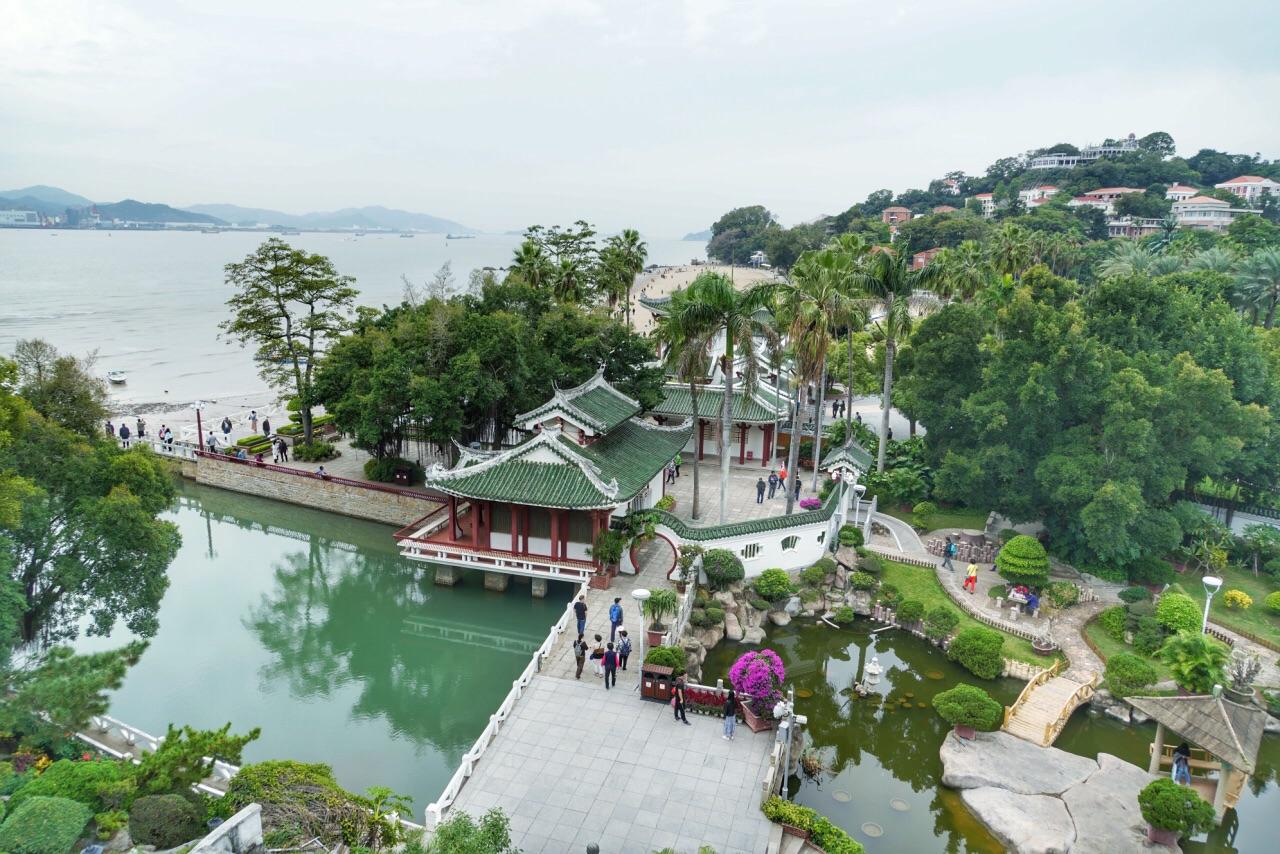
Organ Museum风琴博物馆 is in the Trigram House (Bagualou) of northwestern Gulangyu, which is currently the only and the largest organ museum in the world. Matched with the piano museum in southeastern Shuzhuang Garden, it attracts a lot of music lovers around the world who cherish the feelings of pilgrims to this unmatchable beautiful music island. There are uncountable styles of organ collected in this museum.
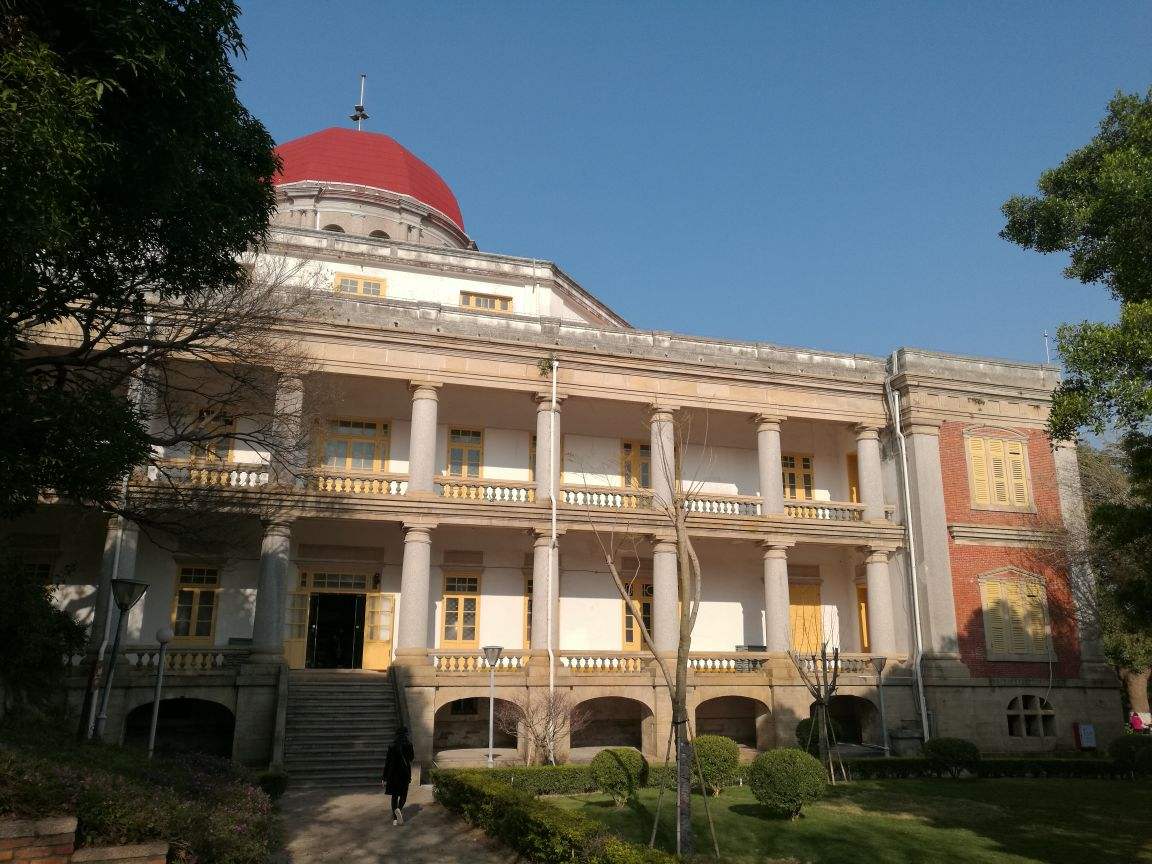
Culture
Since the middle of the 19th century, along with the spread of Christianity, Western music began to flood into Gulangyu, integrating with the elegant living environment of Gulangyu, creating the musical tradition of Gulangyu and cultivating a large number of outstanding musicians such as Zhou Shu ‘an周淑安, Lin Junqing林俊卿, Yin Chengzong殷承宗, Chen Zuohuang陈佐煌, and Xu Fei-ping许斐平.
Today, the per capita piano ownership rate of Gulangyu ranks first in China, and there are more than 100 musical families on the island. In 2002, Gulangyu was named “The Island of Music” by the Chinese Musicians Association. It has the only domestic and international first-class piano museum and holds the Gulangyu Piano Festival and national Piano Competition for teenagers, American Music Week, and other major music activities all year round.
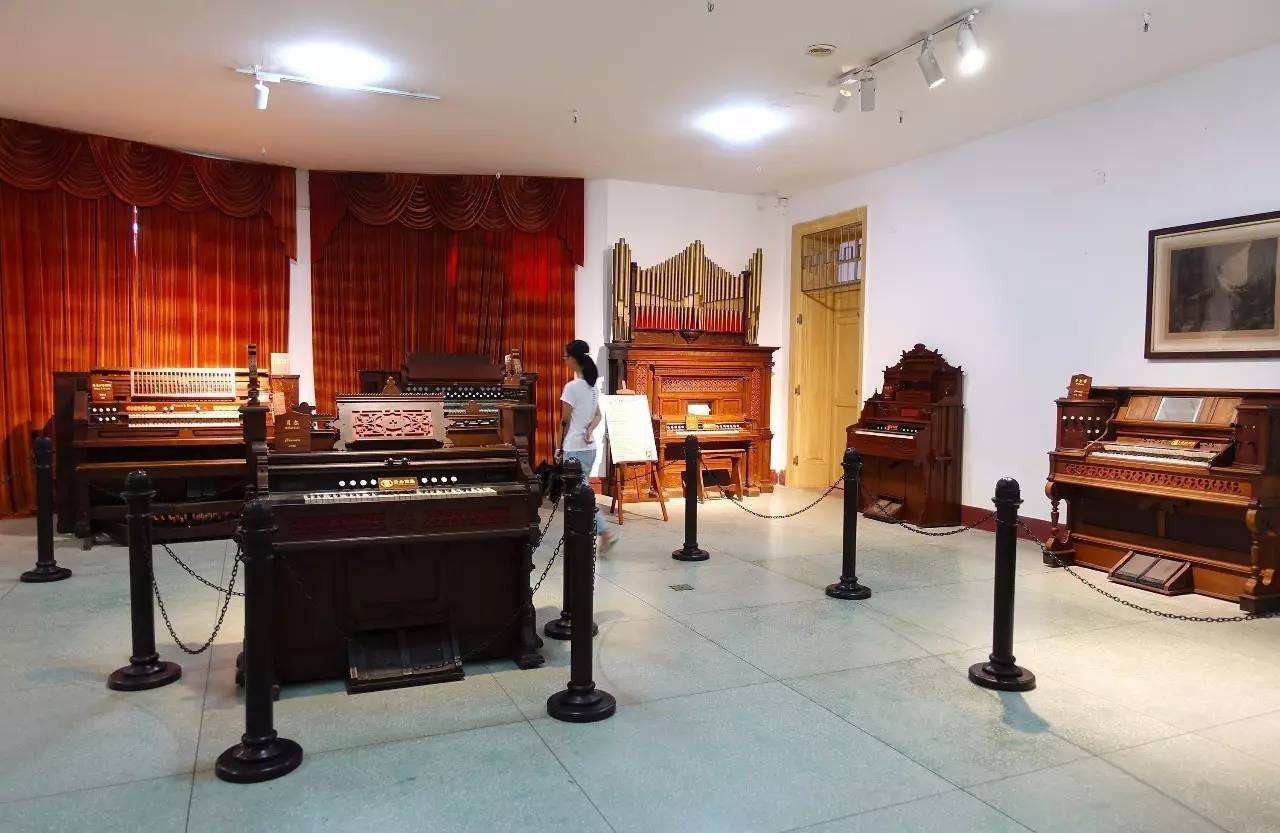
And the number of pianos on the island ranks first in China, so it is also known as “piano island” and “cradle of musicians”. On December 28, 2013, a unique New Year’s concert named “I Love My Gulangyu — Time Echoes” was held in Gulangyu Music Hall.

Mooncake Gambling中秋博饼 is a traditional activity held in Xiamen every Mid-Autumn Festival. The gambling game has six ranks of awards, which are named as the winners in ancient imperial examinations, and has 63 different sized mooncakes as prizes. From the lowest to the highest, the titles of six ranks are Xiucai (the one who passed the examination at the county level), Juren (a successful candidate at the provincial level), Jinshi (a successful candidate in the highest imperial examination), Tanhua, Bangyan and Zhuangyuan (respectively the number three to number one winner in the imperial examination at the presence of the emperor).
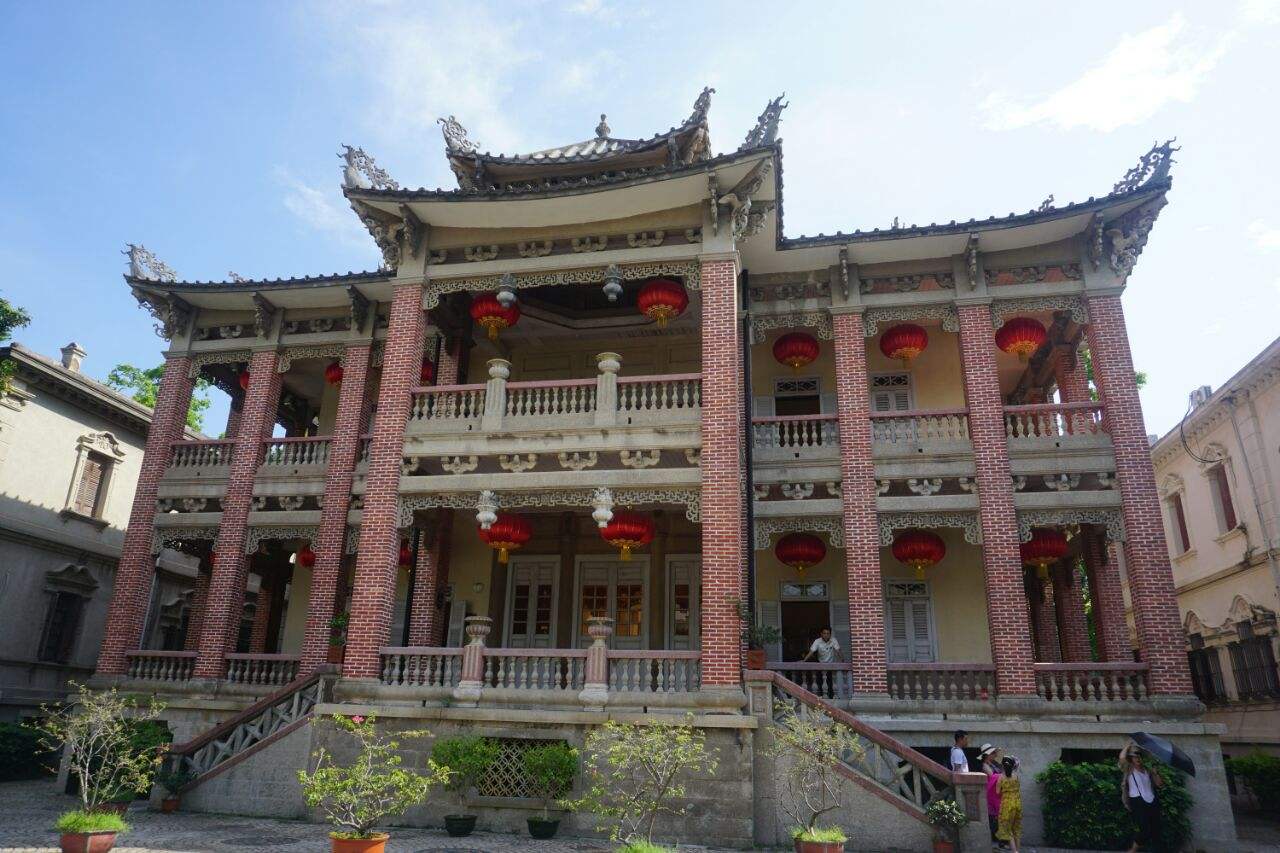
The month-long grand festival attracted thousands of participants from Fujian, Hong Kong, Taiwan, Macao as well as people from some Southeast Asian countries.
???